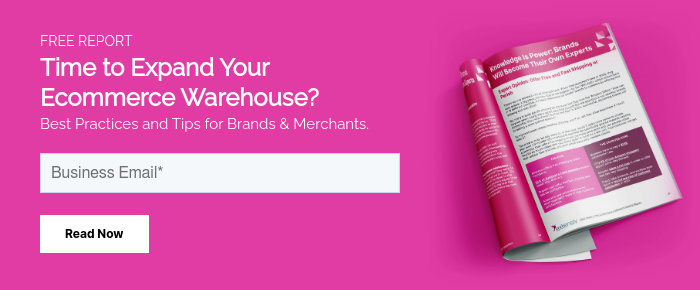Each person has his or her own must-track metrics when it comes to ecommerce and many of the ecommerce gurus overlap on what the most important metrics are. However, many lists overlook a few metrics that can help you create a higher-converting ecommerce site.
Let’s dive into a few of those today and talk about how they will help you to optimize your ecommerce site to increase sales.
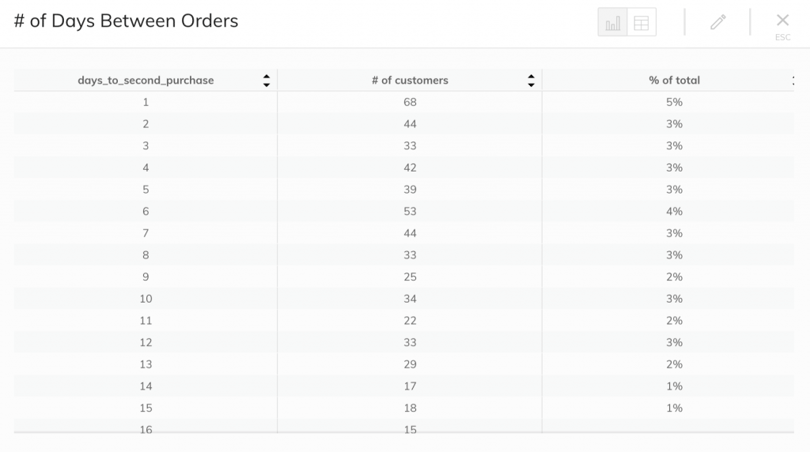
Recency
Recency is a retention metric. Understanding it so you can work to improve it can be very profitable. A Bain and Co. study shows a 5% increase in customer retention can increase a company’s profitability by 75%. When you think about that, it’s easy to see why ecommerce guru Drew Sanocki claims recency is the number one, most powerful predictor of future customer behavior. And why Sanocki also believes it’s a critical metric for running your digital business.
Recency is powerful in ecommerce because it tracks when was the last time a customer purchased one of your products. This allows you to identify the length of your purchase cycle. Knowing that helps you know which customers are more likely to purchase your products because you are aware of when the last time was that a customer purchased one of your products.
Knowing when and which customers are more likely to purchase allows you to more effectively market to them as they approach a new purchase cycle. This can increase the ROI on your marketing investment.
Sanocki also refers to recency as your competitive edge, especially if you are a startup.
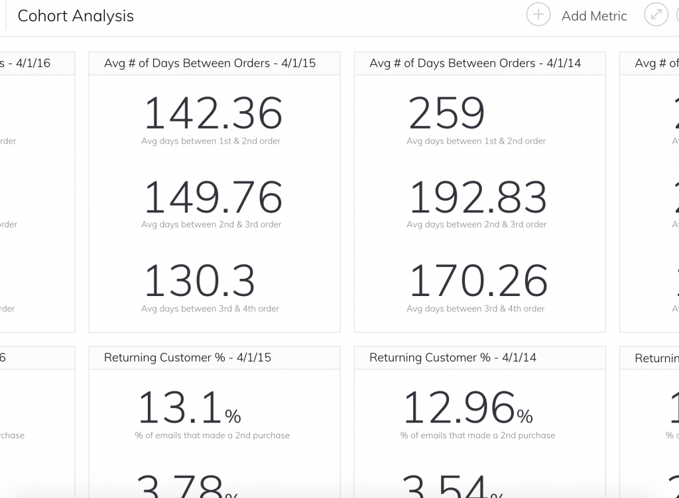
Frequency
Purchase frequency is another overlooked metric. Purchase frequency refers to the number of times a customer buys a product from you in a specific time period.
Like recency, purchase frequency is also a retention metric. Tracking and working to improve your retention is definitely worth your time and effort. Returning customers spend three times more than first time buyers, and loyal customers spend five times more. If you want a more profitable ecommerce site, you need to figure out how to convert first time buyers into repeat customers and then loyal customers. In other words, you need to increase their purchase frequency.
Acquiring a new customer can be five to 25 times more expensive than retaining an existing one. It’s not hard to see that getting customers to return is important if you’re looking to save on costs, but you cannot stop acquiring new customers.
Like recency, understanding purchase frequency helps you optimize your marketing efforts.
The best way to figure out the optimal time to contact your customers again is with the RFM model. The RFM model was developed by the cataloging industry over 30 years ago to ensure that the catalogs they sent out would go to customers who were the most likely to buy products.
RFM stands for recency, when a customer last ordered from you; frequency, how many times that customer has ordered from you; and monetary value, the total amount of money that same customer has spent on your products.
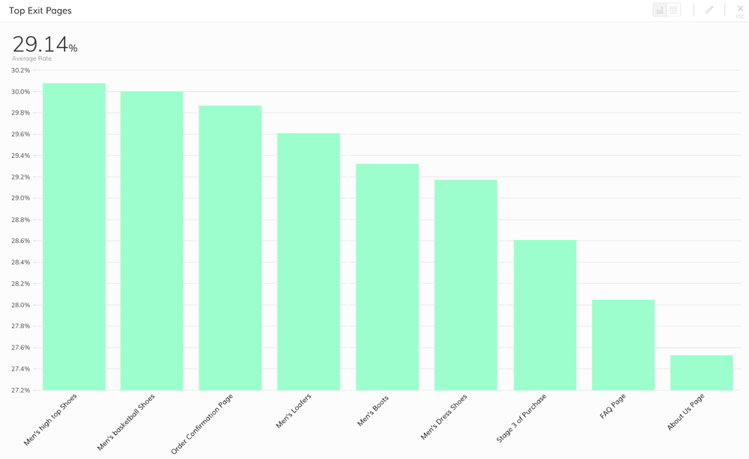
Top Exit Pages
If you want to optimize the purchase funnels on your site so you can convert more visitors into buyers, you should identify what your top exit pages are. When you’re trying to do that, don’t mix up bounce rate with exit pages. Bounce rate refers to a user who landed on your site on a page and then left on the same page. An exit page is the page a user was on when they left your site after viewing more than one page.
If some of your highest exit pages are pages in the middle of the purchase funnel, it’s time for some changes. For example, If one of your product pages has a high exit rate, you should start looking into why it’s not ending in a sale to get it converting better.
There are many reasons that could cause this. Some of those reasons could include:
- The product’s presentation doesn’t allow visitors to see it’s true value.
- The price needs to be adjusted because competitors are offering a similar product at a lower price.
- Users were looking for a similar product and gave up when they found the wrong product.
- There is a broken link on the page.
Whatever the reasons are, the sooner you discover them, the quicker you can correct them to improve the performance of your site.
If many customers exit right before completing a purchase, you may need to facilitate your purchasing process.
If several visitors leave your site after using the search function, you should probably work to improve your search function. If site visitors can’t easily find what they are looking for when they search, they won’t stick around long.
If you’re not tracking these pages, these fixable issues will continue to cut into your profits until you discover and fix them.
It’s important to remember that not all exit pages are bad. For example, when a customer buys a product, the order confirmation or thank you page should generally have a high exit rate.
When deciding which exit pages to optimize first, identify the pages that offer the most value and are the worst performing. Start improving those pages first.
Knowing which pages are your top exit pages will definitely help you when working to improve your site. But it's important to remember that if you want to drill down even more into this aspect of your analytics, you should review your depth of visit data along with the length of visit data and the behavior flow report.
Behavior Flow Report
Reviewing the Behavior flow report helps you see through which pages visitors land on your site and maps their navigation path until they leave your site. The behavior flow report helps you determine what users are hoping to find when visiting your site and if they are able to do that or not. Analyzing the paths they follow through your site lets you know if users follow the conversion paths you designed when you created the site. If site visitors aren’t following your designed paths, you need to rework them.
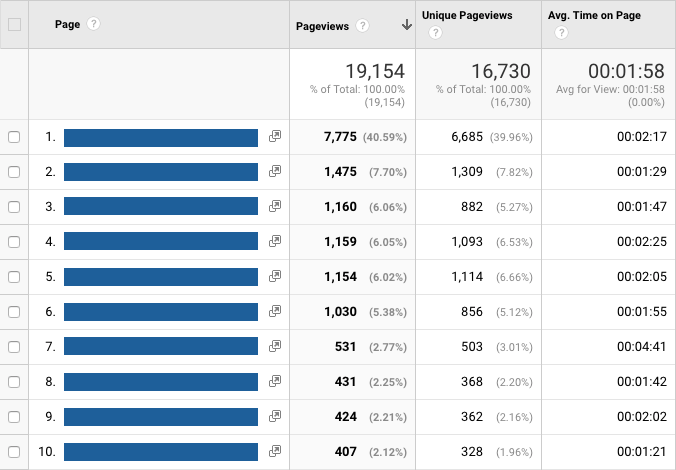
Most-Viewed Pages
Knowing what your top exit pages are makes you aware of what needs fixing. Knowing what your most-viewed pages are can give you ideas on how to fix your top exit pages.
Identify and study your most-viewed pages to learn what aspects makes these pages attract so much traffic. Once you’ve identified what sets those pages apart from the others, you can replicate those aspects on other pages to optimize your site so it converts better.
Even if you think you already know what your most-viewed pages are, it’s worth it to at least review them once. The actual numbers might reveal some surprises. If the results aren’t as you predicted, you can work towards having the pages that offer you the most value as your most-viewed pages. If things are exactly as you expected, give yourself a pat on the back for understanding your consumers so well and designing a site that gets them to buy your products.
If specific product pages make the most-viewed list and also lead to conversions, there are some other things you can do on these pages to capitalize even more off of them including:
- Listing a similar or complementary product on the same page to increase awareness and sales of that product.
- Including an opt-in popup or side-bar banner for your newsletter or email list.
- Including links to other pages to drive traffic to those pages on your site.
It’s important to understand where the traffic comes from to reach your most-viewed pages. Are they landing pages? Or are they pages that people reach after landing on other pages? Identifying what are the driving factors for that success will allow you to replicate the results for lower performing pages. This is another time when it’s good to review the behavioral flow report.
The metrics we’ve focused on today will help to improve your marketing efforts, retain customers, and improve your purchase funnels, all of which will help you to have a more profitable ecommerce site.
If you’re interested in learning how you can easily track this information in real time on a dashboard, contact Grow.
